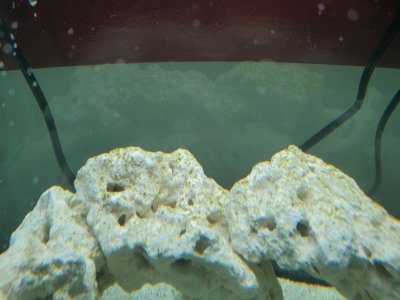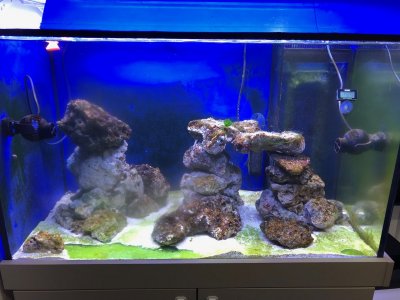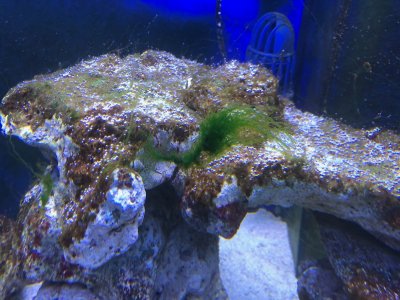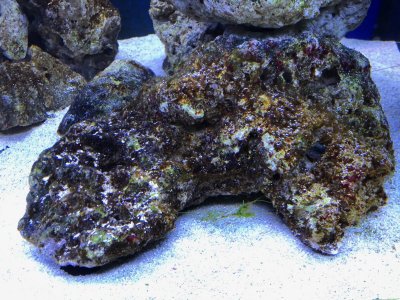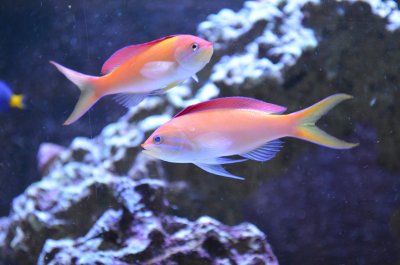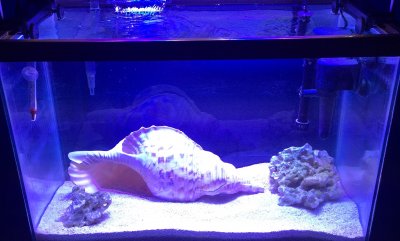Hey was wondering if you could help. I have been out of the hobby for like 6 years and I started a 40 breeder. On 7\22 I added 50 ml of microbacter start xlm and 9 ml of ammonia.
7/23 ammonia level 2, nitrite 0.2
7/24 same
7/25 ammonia 1.5, nitrite 0.3
7\27 ammonia 1.5, nitrite 1
7/28 same
Went on vacation and came back
8/9 ammonia 0, nitrite 1
Nitrite has now stayed at 1 since 7\27. Is my cycle staling? I have done weekly water changes.
Background on tank. 40 breeder with 10-15 gallon sump. I bleached cured my life rock then ran in rodi water with Prime for a week. 40lbs of dry sand. Protein skimmer research u mint since the second week. Any thoughts would be greatly appreciated
Jeff
7/23 ammonia level 2, nitrite 0.2
7/24 same
7/25 ammonia 1.5, nitrite 0.3
7\27 ammonia 1.5, nitrite 1
7/28 same
Went on vacation and came back
8/9 ammonia 0, nitrite 1
Nitrite has now stayed at 1 since 7\27. Is my cycle staling? I have done weekly water changes.
Background on tank. 40 breeder with 10-15 gallon sump. I bleached cured my life rock then ran in rodi water with Prime for a week. 40lbs of dry sand. Protein skimmer research u mint since the second week. Any thoughts would be greatly appreciated
Jeff




